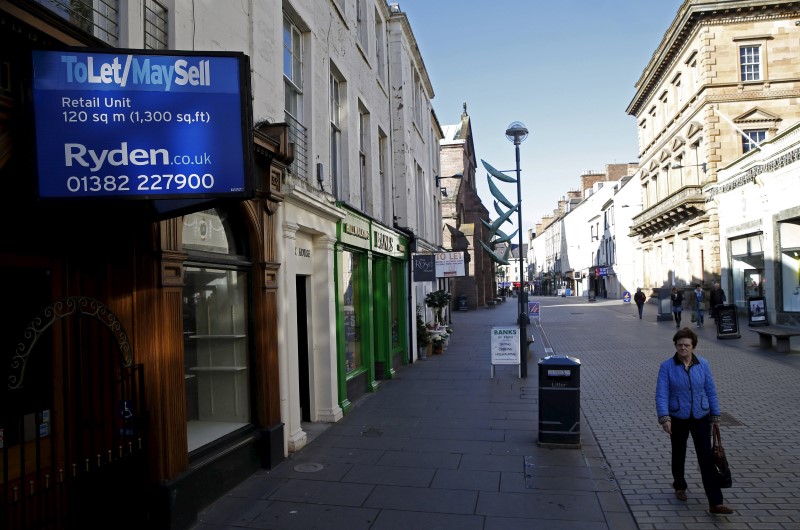Australia's unemployment rate edged higher in June, reaching 4.1%, despite the creation of some 50,000 predominantly full-time jobs, according to the just-released June figures from the Australian Bureau of Statistics (ABS).
Increase insufficient to influence rates
The slight increase on May's 4% is considered by most economists to be insufficient to stay the Reserve Bank of Australia's (RBA) hand when it makes its next call on rates.
While Australia's labour market remains relatively tight, the focus now shifts to the upcoming inflation data, due in a fortnight, which will be crucial in determining the RBA's next moves.
ABS Head of Labour Statistics Bjorn Jarvis attributed the rise in unemployment to a slight increase in the labour force participation rate, which remained just 0.1 percentage points below its historical high of 67% recorded in November 2023.
He also highlighted that the employment-to-population ratio increased to 64.2%, close to its historical peak.
Market reactions were swift, with unexpected job growth driving market interest rates higher while the stock market dipped.
Rate hike slightly more likely
Traders have eliminated any expectation of a rate cut this year and slightly increased the odds of a rate hike at the next RBA meeting to 20%, though some economists still anticipate a rate cut by year-end.
State Street (NYSE:STT) Global Advisors APAC economist Krishna Bhimavarapu was in this cohort:
“Seasonally adjusted employment grew more than expected: by 50,200. In contrast, the non-seasonally adjusted metric contracted by 1,700, highlighting some seasonal issues in the data.
“Full-time employment surprised to the upside again, but it is still nearly 80.9% down from its peak annual growth in October 2022.
“Nonetheless, the key takeaway is that the unemployment rate increased by a tenth to 4.1%, as nearly 48,000 more people left employment in June than those who entered employment.
“This is in line with what the Beveridge Curve is signaling amid steady declines in job openings.
“We continue to view an August rate hike to be a bad idea, and still think the cash rate will be cut in November.”
RBC Capital Markets chief economist Su-Lin Ong predicts that the RBA will hold rates steady in August, given the tight labour market. She forecasts modest rate cuts by mid-2025.
Betashares (ASX:BBUS) chief economist David Bassanese noted that the robust jobs data underscores the economy's underlying strength, potentially paving the way for an August interest rate hike if inflation disappoints.
Anneke Thompson, economist at Creditor Watch, remarked that while job growth has kept pace with population increases since post-pandemic border reopenings, it remains below pre-COVID levels.
She emphasised the RBA's challenge of maintaining strong employment while curbing inflation.
“We expect that with slowing business conditions, employment growth will slow down considerably over the latter half of 2024 and in to 2025, pushing the unemployment rate up,” Thompson said.
“In terms of the fight against inflation, this is good news. And given that the unemployment rate will be rising off such a low base, the RBA still has a chance of maintaining close to full employment, even if the unemployment rate reaches 4.5%.”
Underemployment down
Despite the rise in unemployment, other labour market indicators showed improvement.
Underemployment fell to 6.5% due to increased hours worked, and youth unemployment dropped to 9.5%, marking the first decline in four months.
Nevertheless, June saw a higher-than-usual number of workers off sick due to respiratory illnesses, impacting overall workforce productivity.
The proportion of employees taking annual leave also decreased, contributing to the increase in hours worked.
